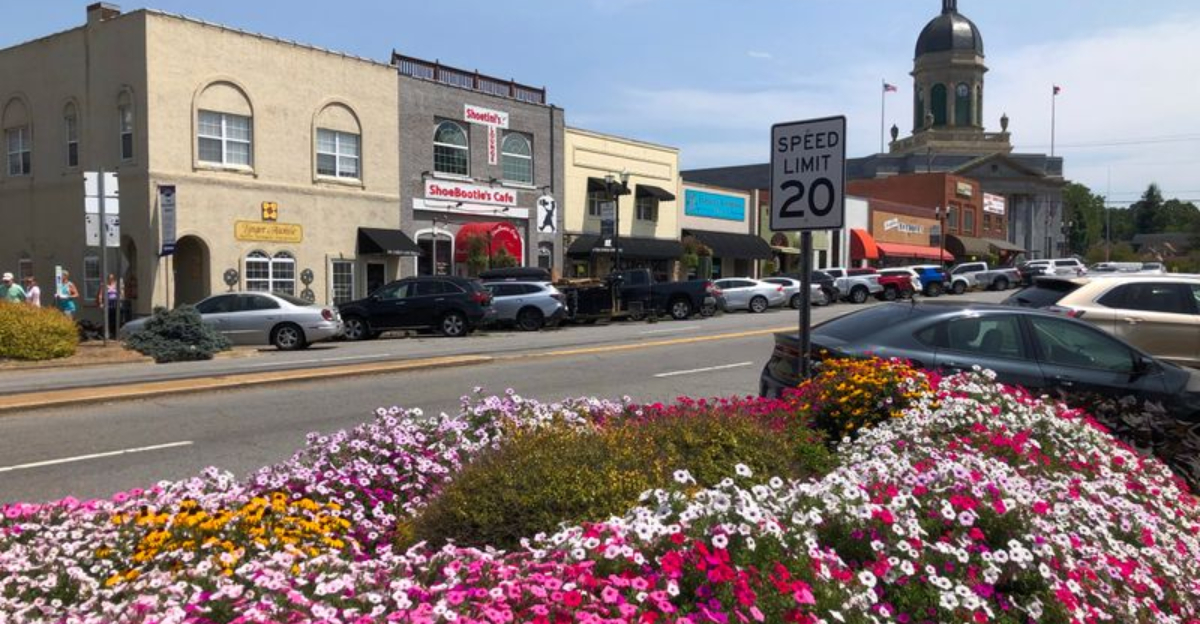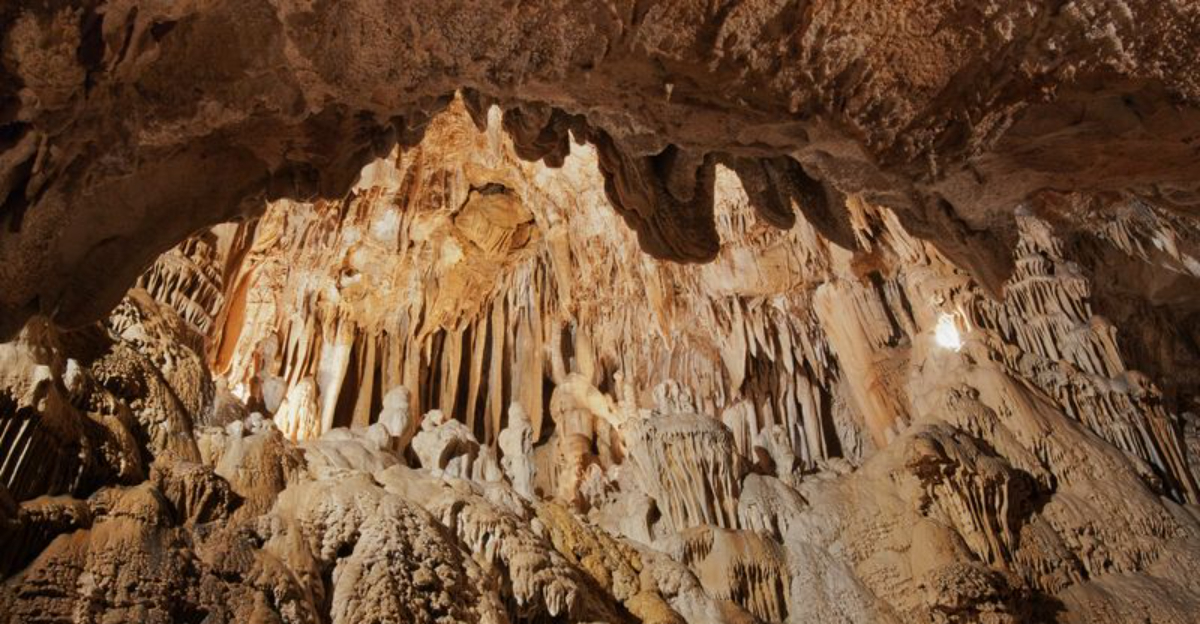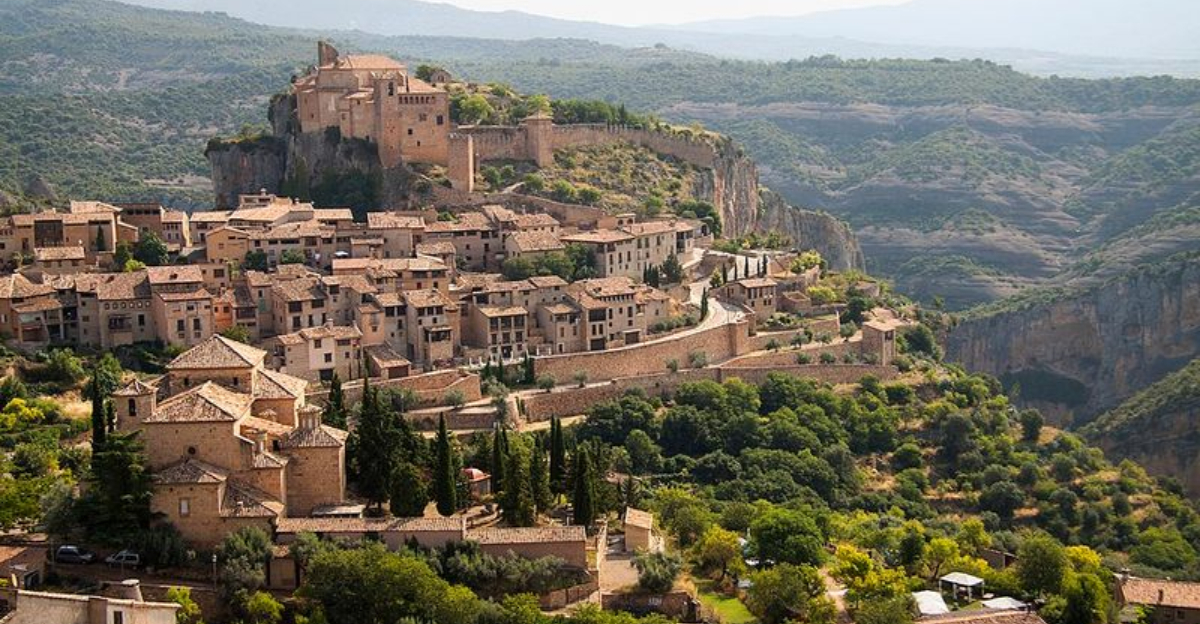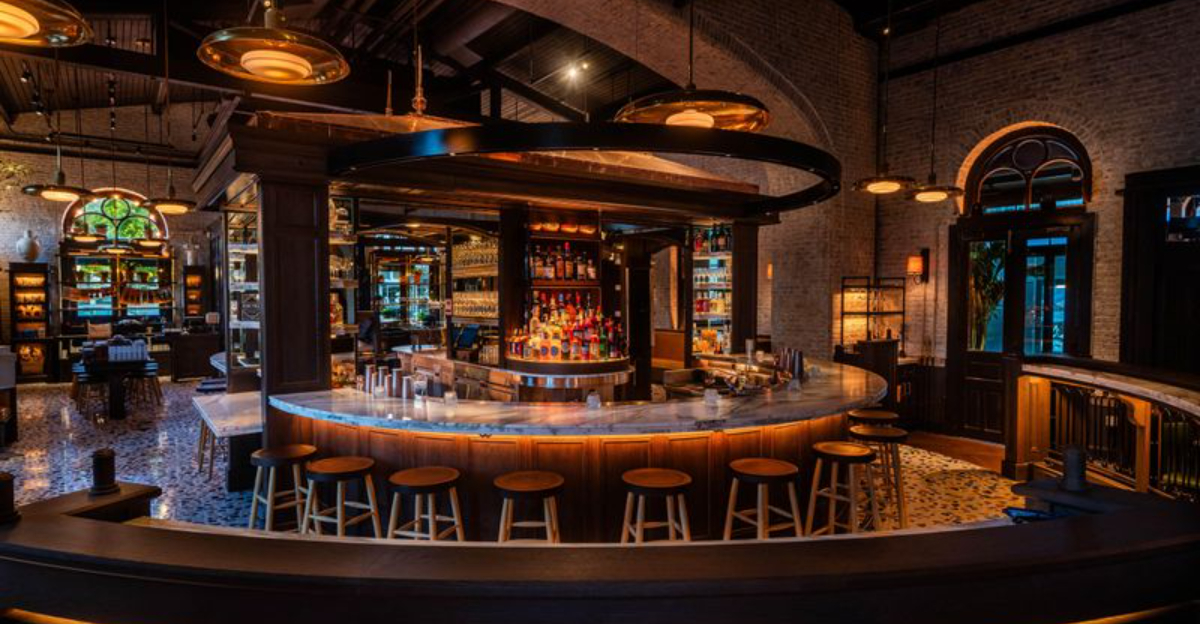Lake Superior, Minnesota’s 154-Mile Corridor Combines Cascades With Coastal Color
Minnesota’s North Shore Scenic Byway stretches 154 miles along Lake Superior, creating one of America’s most spectacular coastal drives.
This All-American Road connects Duluth to Grand Portage, offering travelers a perfect blend of cascading waterfalls and brilliant fall colors.
During autumn, the route transforms into a painter’s palette of reds, oranges, and golds against the backdrop of the world’s largest freshwater lake.
1. Timing Two Peak Foliage Zones
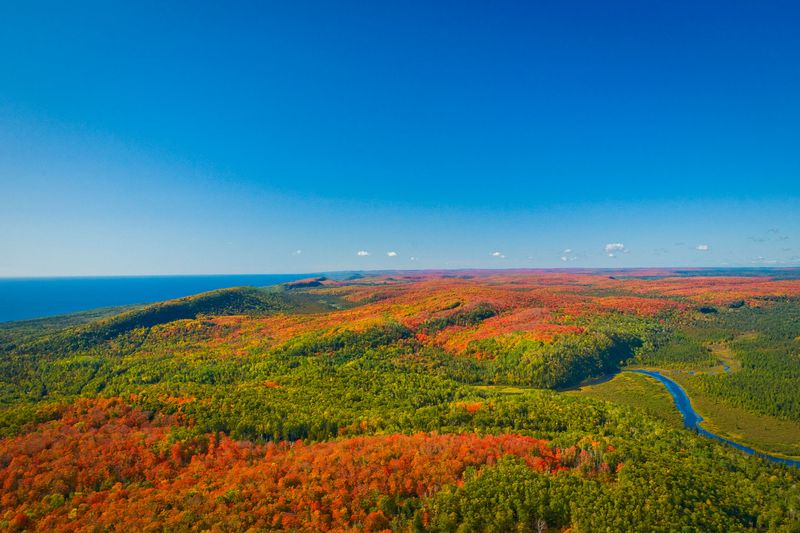
The North Shore Scenic Byway stretches from Duluth to Grand Portage along Lake Superior’s Minnesota coastline, covering 154 miles designated as an All-American Road.
Fall color arrives in two distinct waves: Sawtooth Mountain maples peak between mid-September and early October, while lakeshore birch and aspen trees hit their stride from late September through mid-October.
The last week of September or first week of October offers the best chance to catch both zones simultaneously.
Duluth International Airport provides most convenient access, though Minneapolis-St. Paul International Airport, located 2.5 hours south, offers more flight options and has earned recognition among North America’s top airports.
2. Waterfalls Over Gondola Lines
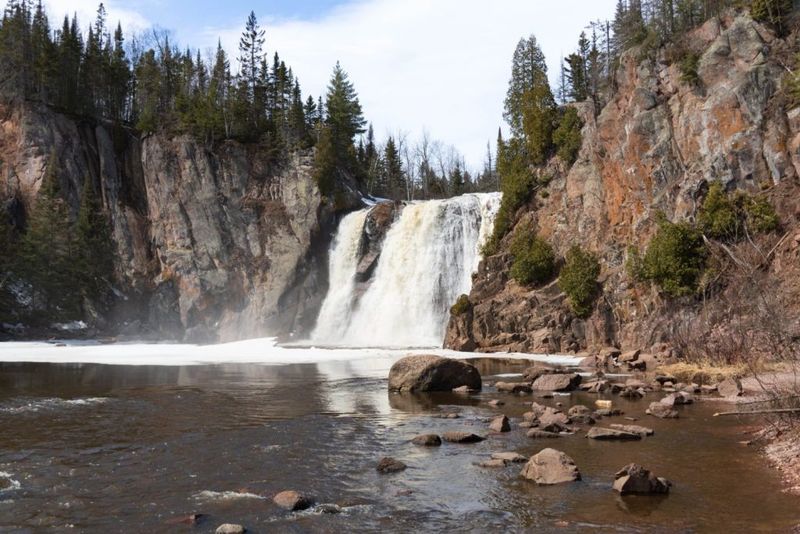
While Lutsen Mountains’ Summit Express Gondola draws crowds with lengthy weekend waits during peak season, the byway’s numerous waterfalls offer more accessible alternatives. Gooseberry Falls State Park features the main 30-foot cascade plus extensive hiking trails, while Split Rock Falls delivers a 20-foot drop with notably fewer visitors.
Tettegouche State Park’s High Falls on the Baptism River claims distinction as Minnesota’s tallest waterfall entirely within state borders at 63 feet. The 35-foot Caribou Falls rewards an easy 1.3-mile forest walk, and Devil’s Kettle Falls in Judge C.R. Magney State Park can be reached via the 1.9-mile trail voted best in the nation by USA Today readers.
High Falls near Grand Portage forms the Canadian border with a dramatic 120-foot plunge.
3. Duluth Anchors the Southern End
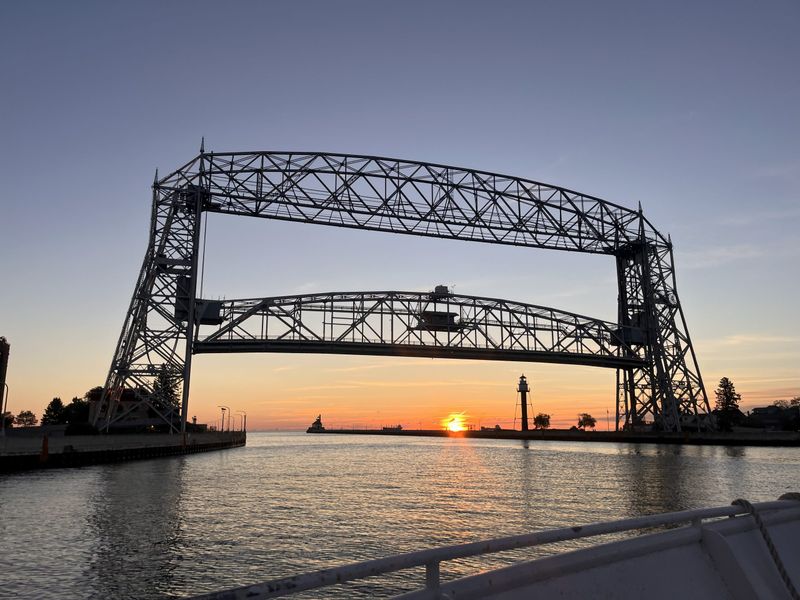
The route begins in Duluth, where the Aerial Lift Bridge and Canal Park provide iconic photo opportunities. The North Shore Scenic Railroad operates special Fall Colors Tours between Duluth and Two Harbors, offering relaxed viewing from vintage railcars rather than navigating roads.
Two Harbors itself draws visitors to Betty’s Pies, which rotates seasonal offerings like walnut maple and caramel apple varieties during autumn months, local institutions providing caloric fuel for continued exploration.
4. Grand Marais Balances Art and Appetite
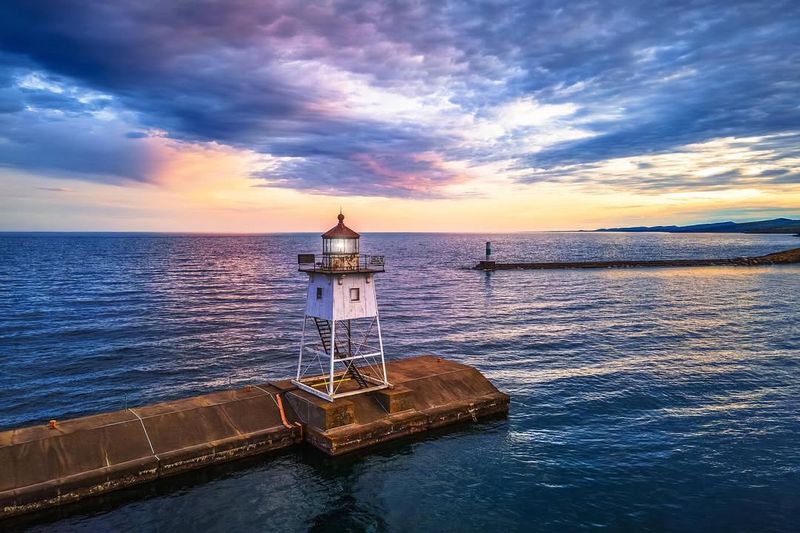
This lakeshore community combines Artist’s Point views with Minnesota’s oldest art colony, creating cultural atmosphere alongside natural scenery. Sven and Ole’s Pizza and World’s Best Donuts (the name sets expectations high) cater to carb-loading needs, while Voyageur Brewing Company provides craft beer selections.
The town functions as logical stopping point before the final northern push, offering amenities concentration that thins considerably closer to the Canadian border.
5. Grand Portage Concludes With History
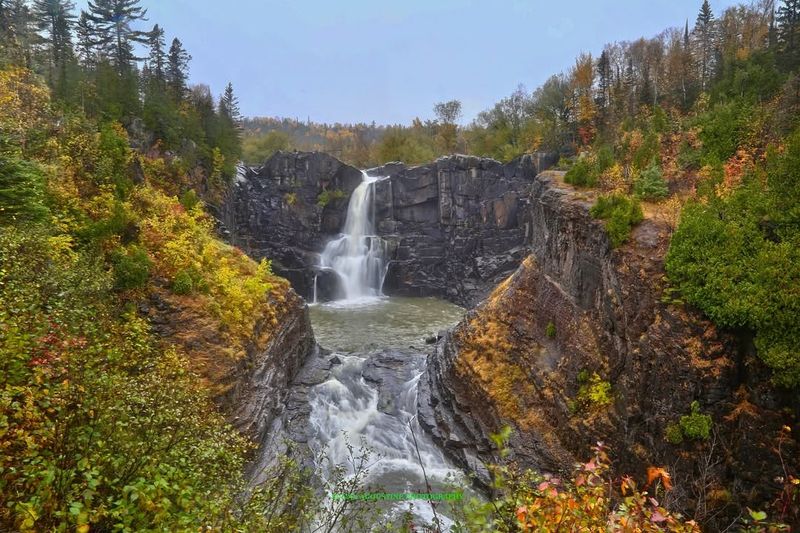
The byway’s northern terminus houses Grand Portage National Monument, documenting fur trade operations and Indigenous cultural history. Ryden’s Border Store supplies souvenirs for those requiring physical mementos beyond photographs and memories.
The underrated designation seems accurate: Grand Portage receives less attention than communities further south, though its border location and historical significance warrant exploration for those completing the full route.
Minnesota’s North Shore demonstrates that Midwest autumn scenery can compete with New England’s more famous displays, particularly when waterfall hikes and lakeside towns add variety beyond pure foliage viewing.

